Executed by a pupil or collaborator of Hendrick Van Balen and Jan Brueghel the Elder, the four elements represented allegorically are personified by children exposing the attributes of the four kingdoms of nature.
The many variants of this subject were executed by Jan Brueghel the Elder in collaboration with Hendrick Van Balen who painted the figures. This favorite and constantly repeated theme by Jan Brueghel and his workshop, was chosen for the first time in 1604. The initial series (including four paintings) was executed in 1607. The earth and the air are today preserved Louvre Museum, water and fire at the Ambrosian Pinacoteca in Milan. In this series the four elements are personified by goddesses or young women.
Our artist, contrary to these versions, highlights the four elements represented by children evoking the innocence and purity of nature.
The four children gathered in the heart of a lush landscape are each provided with their attribute. Chubby and playful they are proud to expose the abundance and variety of resources offered by nature. The girl in the red cloak carries in her arms a cornucopia filled with flowers and fruits. The girl on the left with the green blue coat, wearing a bun, raises her hands to the sky after releasing birds with multicolored plumages, another girl sits on a conch from which fish and an eel escape. The yellow-haired boy with blond curly hair sits quietly and warms himself to the flame of the brazier. The riches of the land are highlighted with beautiful flowers that grow around children, the foliage painted with precision, the wild rose whose thorns and petals are very finely executed, the vineyard bunches of grapes with metallic highlights.
Our artist strives to paint the splendors of nature with remarkable realism and applies with meticulousness to make the fruits, the vegetation, the birds and the marine animals as real as possible. The landscape is skilfully executed using the gradient of browns, blues and greens in order to structure the composition in several planes and to give depth to the painting by creating an opening towards the distant horizon, where one can see a village.
Of course, this favorite subject of painters of the early 17th century requires a mastery of several genres: human figures, still life and landscape. This complexity is also at the origin of the incessant orders of rich and educated clients, who seek allegorical representations of the universe to adorn their salons, curiosity cabinets or studiolos.
Our painting as mentioned above differs from the usual representations highlighting young women, for the benefit of children, and remains a rare work. Nevertheless a version very similar to our painting (oil on oak 28.3 x 40.8 cm) is at the Museum of Fine Arts of Bratislava in Slovakia, presented as a collaboration between Hendrick van Balen and Jan Brueghel the Elder, it is dated between 1608 and 1616.
A curious element of our research, in the gallery of Antwerp collector Cornelius van der Gees (1575-1638), painted by Willem van Haecht in 1628, we find on the left side window, an allegory of four very similar elements to our painting (with children) in a slightly different format.
The charm of our work combined with the finesse and precision of its execution makes it a wonderful example of the know-how, versatility and richness of the imagination of the artists of the Antwerp school of the early 17th century.
Our painting is presented in an elegant and sober ebonised frame.
Dimensions: framed: h. 43 cm, l. 49 cm, the view: h. 27 cm, l. 33.5 cm
Hendrick Van Balen, Flemish painter, born and died in Antwerp (1575-1632). Pupil of Adam Van Noort, he entered in 1593 in the guild of Saint-Luc, was formed later in Italy and was the first master of Van Dyck. He often painted small characters drawn from scenes of the Bible or classical mythology, on paintings of which Josse de Momper or Brueghel painted the backgrounds and landscapes.
Jan Brueghel the Elder (Brussels, 1568 - Antwerp, 1625) nicknamed Velvet Brueghel because of the velvety bill of his works, belongs to a dynasty of painters, the most famous of which is his father, Pieter the Elder (to 1525 - Brussels, 1569). Initiated to the art of miniature and watercolor by his grandmother, Jan Brueghel trained in oil painting in the studio of Pieter Goetkint, an Antwerp painter. Around 1590, he traveled to Italy where he established relations with Cardinal Federico Borromeo, founder of the Ambrosian Library in Milan. The latter becomes his faithful patron. Back in 1596, Jan Brueghel settled in Antwerp where he enjoyed a European success. He specializes in allegorical landscapes as well as bouquets of flowers very popular with the Flemish bourgeoisie of the time. In 1609 he was appointed painter of the court of Archduke Albert and Infanta Isabella of Austria. For many paintings, he collaborates with other artists such as Pierre-Paul Rubens, Sébastien Vrancx and Hendrick van Balen.






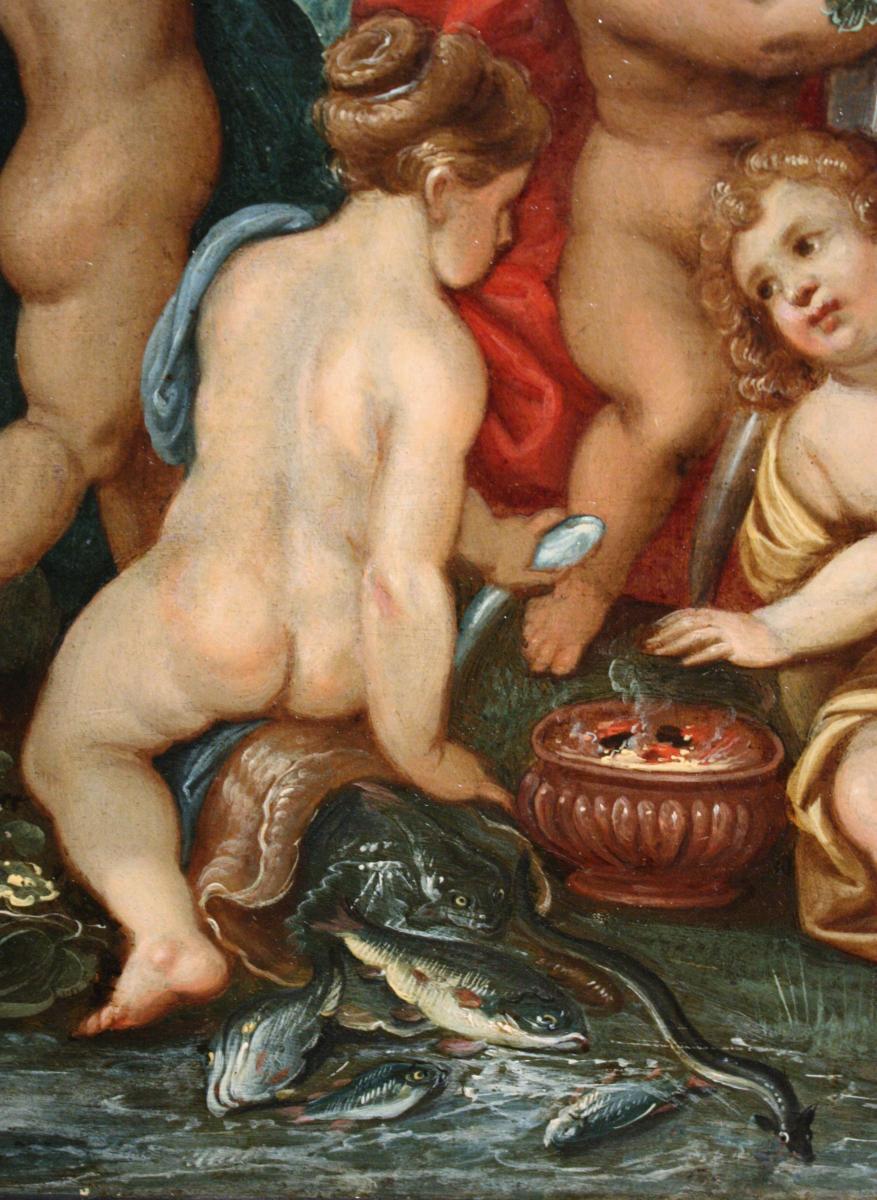





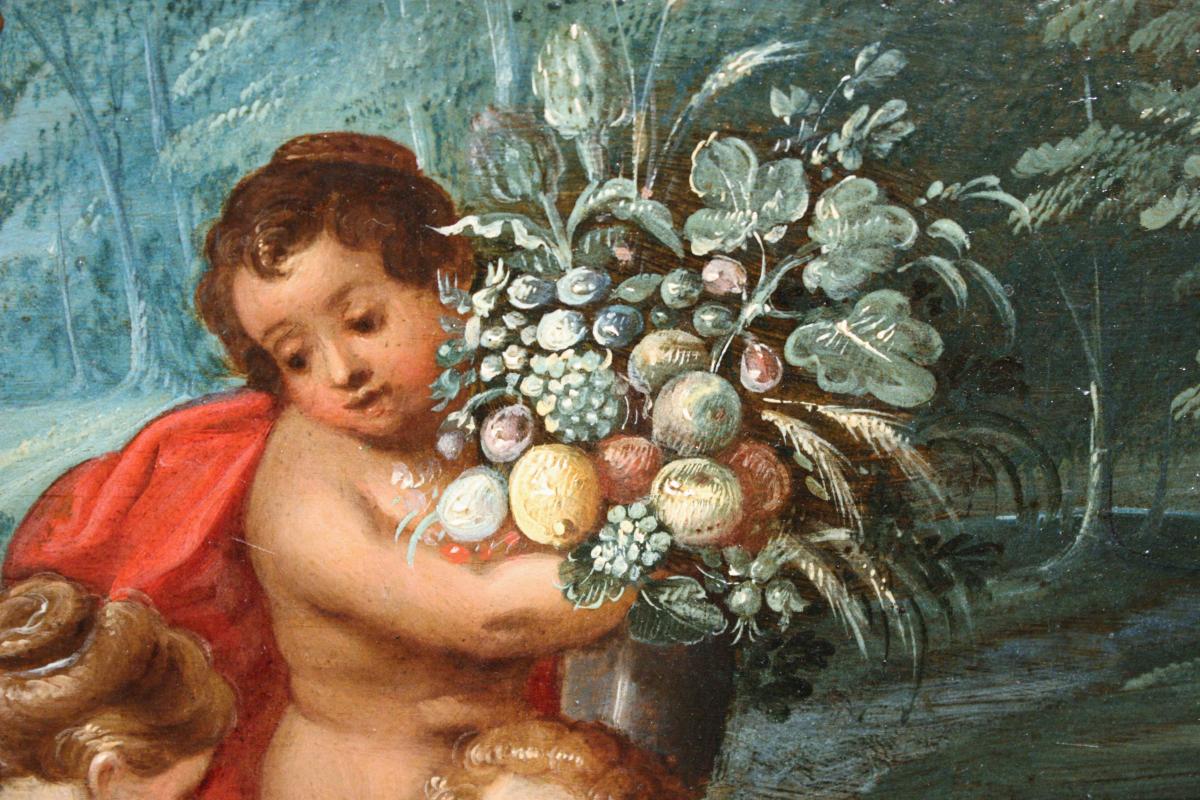



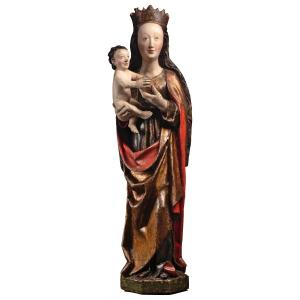
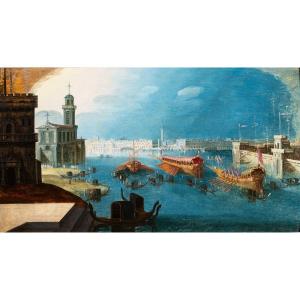
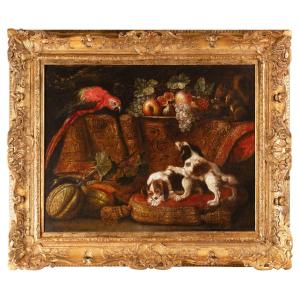

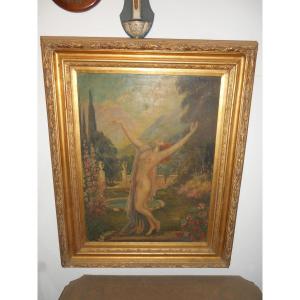


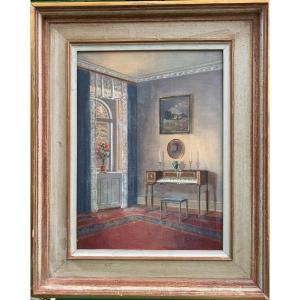





 Le Magazine de PROANTIC
Le Magazine de PROANTIC TRÉSORS Magazine
TRÉSORS Magazine Rivista Artiquariato
Rivista Artiquariato
